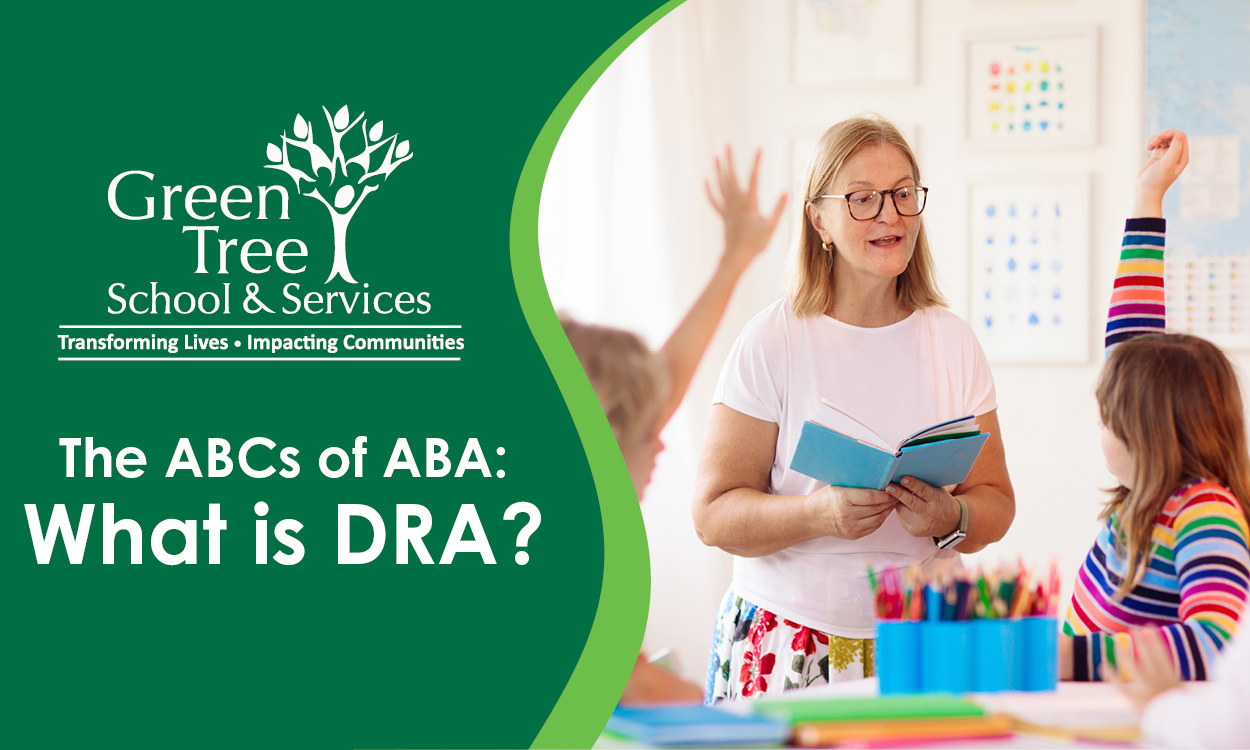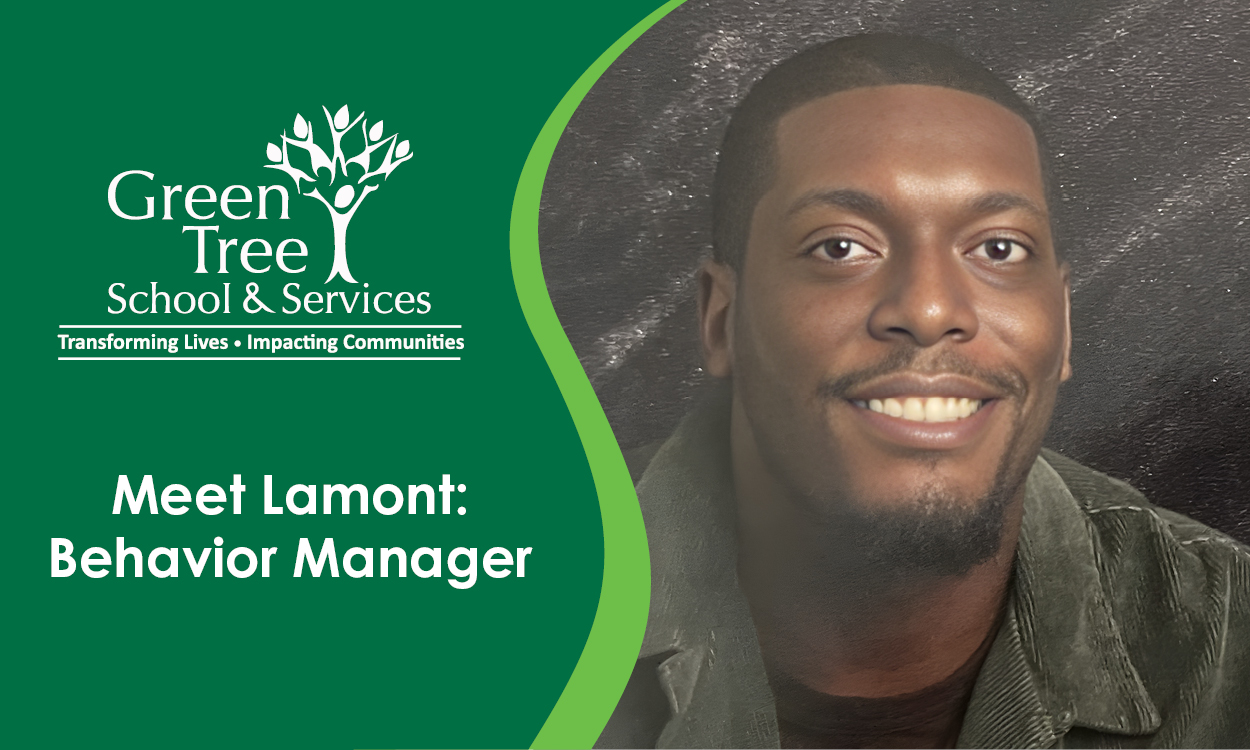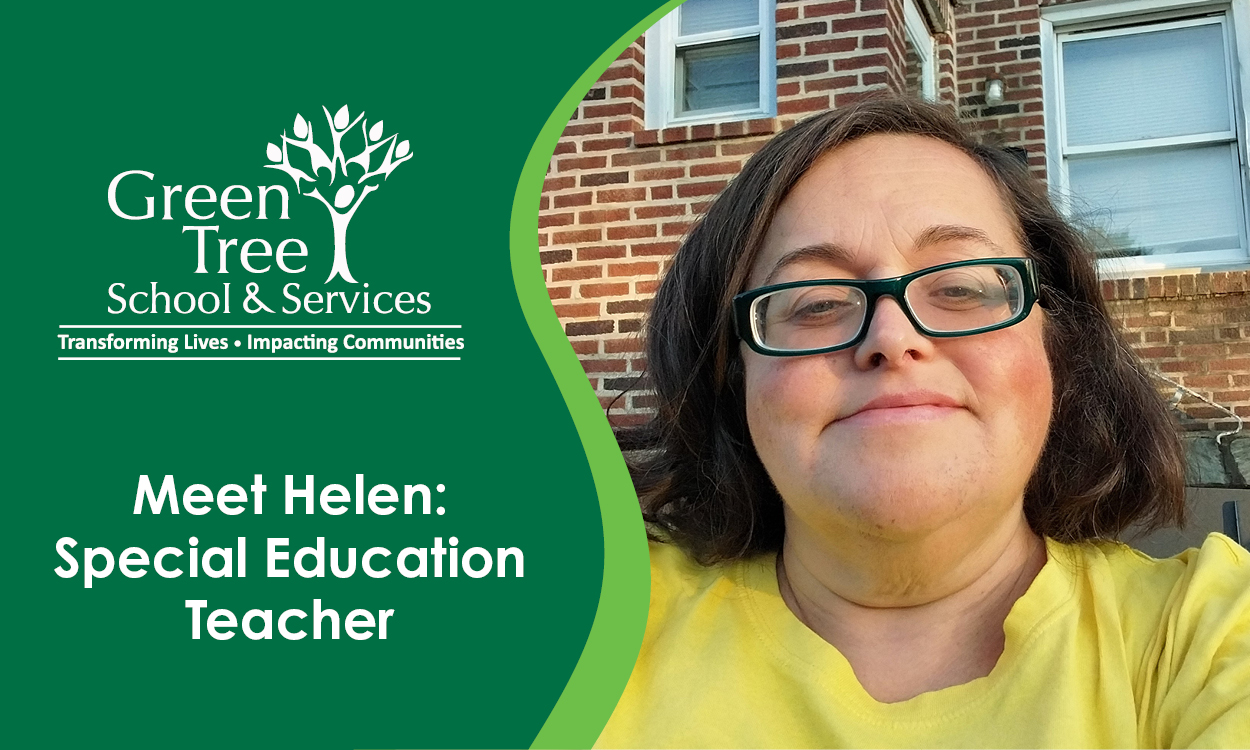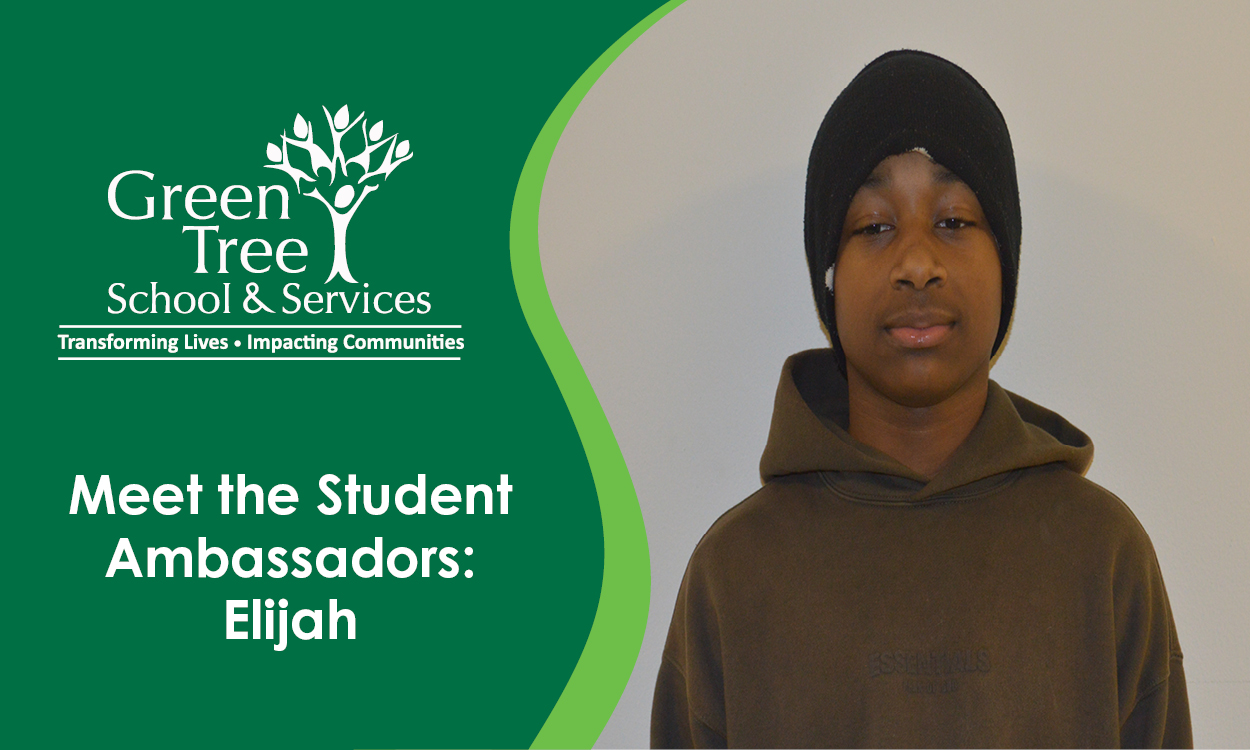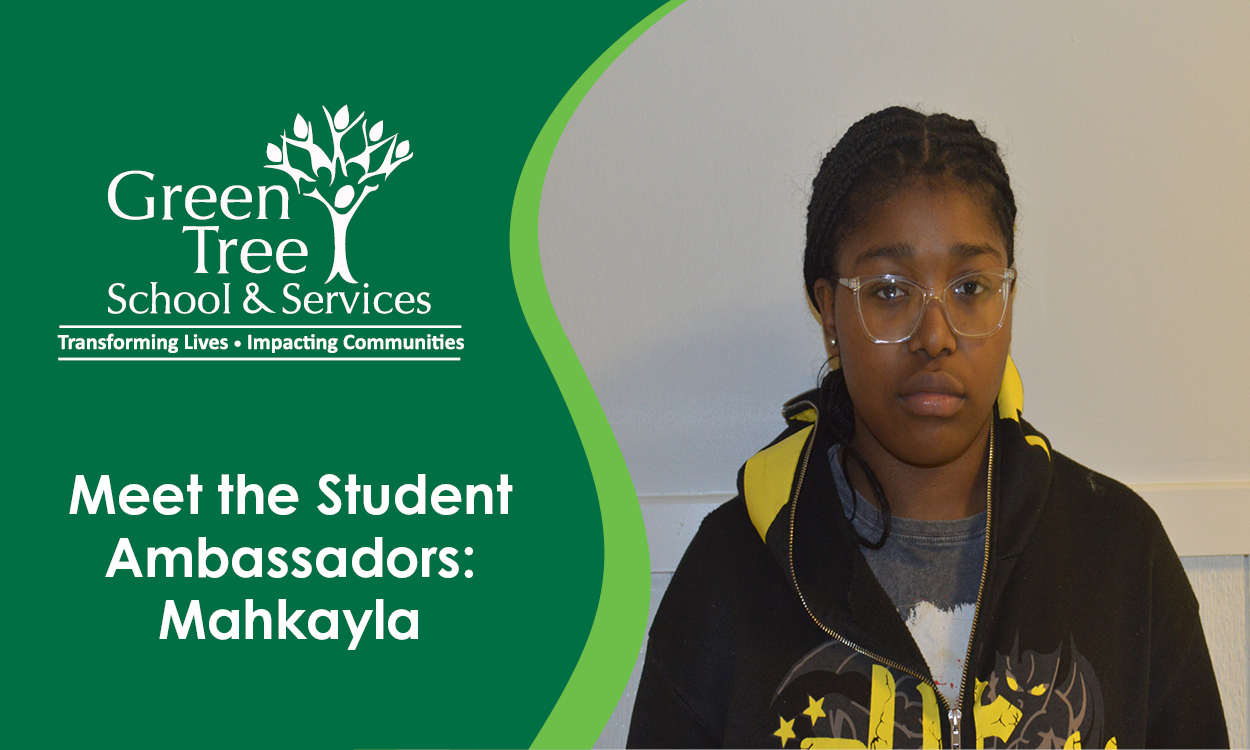Ten Tips for Writing Effective Social Stories
Posted: July 25, 2022 | Written By: Brittney Midlarsky | Category: Special Education Tips

New events or activities can be exciting for most people. However, for people with autism, the unknown is often stressful or overwhelming. Whether it be a new life event such as bringing home a new baby, going to an unknown location or activity, or explaining a situation, social stories are a great tool to help people with autism better navigate the unknown.
Social stories can be written by anyone and help to take some away some feelings of unfamiliarity that can lead to stress or anxiety for people with autism. A good social story teaches the individual what the expected behaviors are, as well as the expected responses. It also describes in detail what the situation, event, or skill requires. Below are ten tips to becoming a social story author:
- Descriptive Title
This should address whatever location, activity, or event that is going to occur. For example, if you were going to a new park a title could be My trip to the (location) park. - One Activity at a Time
It’s best to have each social story only address one activity at a time to be specific to each activity. For example, a social story about going to the eye doctor should only be about the eye doctor and not the eye doctor and the dentist, as there are different expectations at each location. - Include Real Photos
Utilizing actual pictures throughout the story helps individuals see the location and become familiar with it prior to attending. - Proper Formatting
Keep the background white. This helps the words and pictures be the focus of the page - Step by Step Details
Try and think of every step that may be involved. Breaking the event, skill, or activity down into each individual step helps with literal thinking and addresses the hidden implied steps of a skill or activity - Answer the Important Questions
Be descriptive when writing sentences. Ensure you are answering the “WH” questions: who, what, when, where, why, and how. - First-Person Point of View
Write sentences from the first-person perspective. This allows the indiuvidual who is reading the story, or is being read to, better relate to the story! - What Would They Say?
Include exact scripts or words that the individual would need to say in an event. For example, if the social story was about playing on a playground, a script you may want to include would be. “Would you like to play with me?” . Adding exact scripts helps take the guess work out of what should be said in certain situations. - Behavior Expectations
Describe how the individuals and others should behave, how they might feel, and how the individual and others may react. - Positivity is Key
The language used throughout the story should be positive and simple!
Read the story with the individual the first time or two, even if they can read on their own. This creates the opportunity for questions to be answered if there are any. Social stories have the most effect when they can be accessed multiple times prior to the event. Feel free to bring them along to the event/ activity as well for reference!
Social stories can be handwritten, typed, or made by using an app. For a free social story app that allows you to create and store social stories right on your device, check out TouchAutism in your iPhone or iPad app store!
Want to be notified of new articles and resources from Green Tree Schools? Click here to submit your email and opt into our newsletter.


